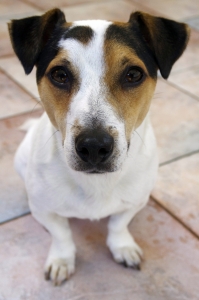 Dog Training Reader Question:
Dog Training Reader Question:
The following is a question from one of our clients:
I am looking for some personalized advice from Ty about one of my dogs. Overall, everything is going great, and I am making great strides with the basic obedience using Ty’s methods in the DVDs. I have a 4 year old Am-Staff mix named Lucy who is obedient about 65-70% of the time. When she’s not is when she gets into trouble with other dogs. I’ve done a lot of reading and research on aggressive behavior, and I stumbled across Ty by accident while reading a rescue blog. I am so glad that I did because the way he teaches is exactly what I was looking for. I have some experience training, as I trained my now 14 year old yellow lab to do some competitive obedience when I was a teenager. He was a breeze to train because he was willing to learn and eager to please. Lucy is absolutely the love of my life, but she is stubborn and has a mind of her own. She isn’t a terrible aggression case, but she gets snippy from time to time when around new dogs, especially if those dogs are acting out (for example, when another dog excitedly tries to get to us while passing by on a walk). I’m tired of being embarrassed by her occasional outbursts, so I’ve been scouring the internet and books for a solution. Already, things in the videos are working to get her much more consistently listening to me. We have a long road of practice ahead, but her heel command has already come a long way.
What I wanted to ask Ty about is more specific to Lucy’s personality. I rescued her at about a year old. She came from an inner city shelter and was clearly not taken care of before I got her. She seems to me to have been beaten at some point. She’s naturally fearful, and is specifically very fearful of objects touching her. If you approach her with anything in your hands she jumps away or cowers. I have never, in the 3 years I’ve owned her, hit her with any object. She came to me with this behavior already engrained in her. She’s also suspicious of unknown things. For example, it was my husband’s birthday recently, and I brought in a bunch of helium balloons, and she’s terrified of them. She’ll co-exist with them when they’re up by the ceiling standing still, but if I move them, she runs away and hides. I can coax her out and make her lay near me while I hold them near her, but she is clearly terrified the whole time. In the past, I’ve tried to work on this issue, but the training methods I came across were very treat based, and it frankly just hasn’t worked at all. For example, she is very afraid of being touched by a frisbee, and the manuals I was using say bring the frisbee close to her and give her a million treats while slowly moving it closer. It does little to nothing for her. She remains just as afraid no matter how many treats I give her in the presence of a frisbee. I did this exercise many times with little improvement. She will pick up the frisbee and play with it on her own, but if I hold it and bring it near her, she’s very afraid.
This suspicious attitude also comes across when we’re training. I have done lots and lots of the crazy man method with her, and overall, it has tremendously improved her heel command. When there are little or minimal distractions, she’s basically 100% at my side now, and when there are distractions, she’s about 60-70% obedient. This is a big step up for us, and it’s improving every time. What I’m still struggling with is how hard it is to get her to be eager about listening. My other dog, who I’m also using Ty’s methods on, is naturally EXTREMELY eager to please. Crazy man has worked wonders on him, and he heels like a champion no matter what now. It’s really fun to walk with him because he is so absolutely in sync with what I want from him. He would also sit or lay down on hot coals if I asked him to. He has that trainability factor. Lucy on the other hand, is reluctant and stubborn. When doing the crazy man, she tends to hang back a little bit, and isn’t snappy about changing directions. She does it, but it isn’t eagerly. She’s the kind of dog that when I ask her to sit, and the ground is wet or cold, she half sits and hovers above it. She’s very stubborn.
Basically, my two questions are 1. What is your suggested approach to her fear behaviors? and 2. How do I make her more eager to learn without treating her to death?
I really, really appreciate any personalized advice. I love my dogs more than life, and I respect Ty’s methods wholeheartedly.
Thank you again,
Erin
Dog Training Video Response
Press play below to watch my response to her question:
Dog Training Response Summarized
1- You are correct about treat training, it doesn’t inspire change because it doesn’t challenge a dog to challenge it’s boundaries. It only challenges the dog as far as he or she likes a treat.
2- I always think in terms of mindset meaning; what is the dog’s mindset or state of mind when it encounters that distraction. If I don’t like the mindset how can I change it? I often find that a dog’s mind follows the body so we need to train the body to just be and to relax. A down stay or a place command while you have balloons around does not allow the dog to go into the flight response. A dog, when stressed, has only three options; fight, flight, and avoidance. Flight is like mental atrophy and if we can get rid of that response through a down stay then the dog must stay around the object that caused the fear and learn to adapt.
3- It may sound contradictory at first but I also like to introduce stress while moving. If you had her focused and on a walk and just started holding the frisbee and then graduated to getting it closer, etc. you could see some results. The point I want to get at is that a dog is not a multi-tasker. She can’t be thinking of many things at once. So if you oblige her to walk properly it doesn’t give her room to be thinking hard about other things which allows her mind to then accept those things.
4- As far as more eager a few ideas I have are: 1- Over exaggerated with praise. For example, when she’s lagging a bit while walking pat your leg and really ‘up’ the praise. 2- Continue focusing on obedience overall. The adage that dogs want to please their masters is true, but only if they see you as the master. The better your obedience becomes overall the more bonded you’ll become and the more her desire to please you will increase. 3- Watch your timing. Make it very clear that a correction is a corrrection and praise is praise. A lot of dogs are hesitant and that can be confused for stubborn. When you make the boundaries incredibly clear for them it allows them to trust you and trust the system much easier and you’ll see a dog ‘lighten up’ as a result.
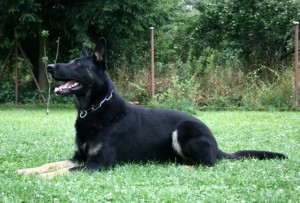
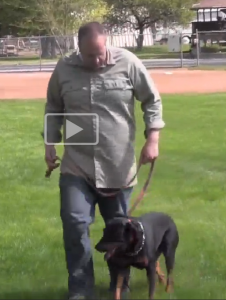
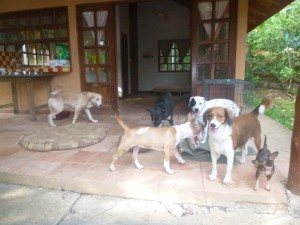
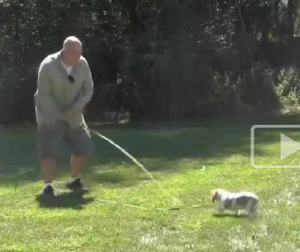

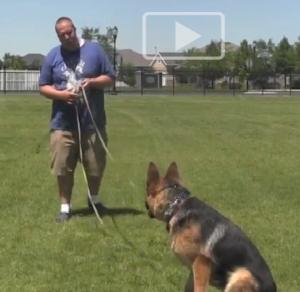
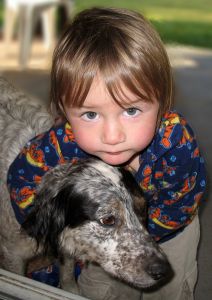



Follow Us!
By FRESHECSUK electronic cigarette